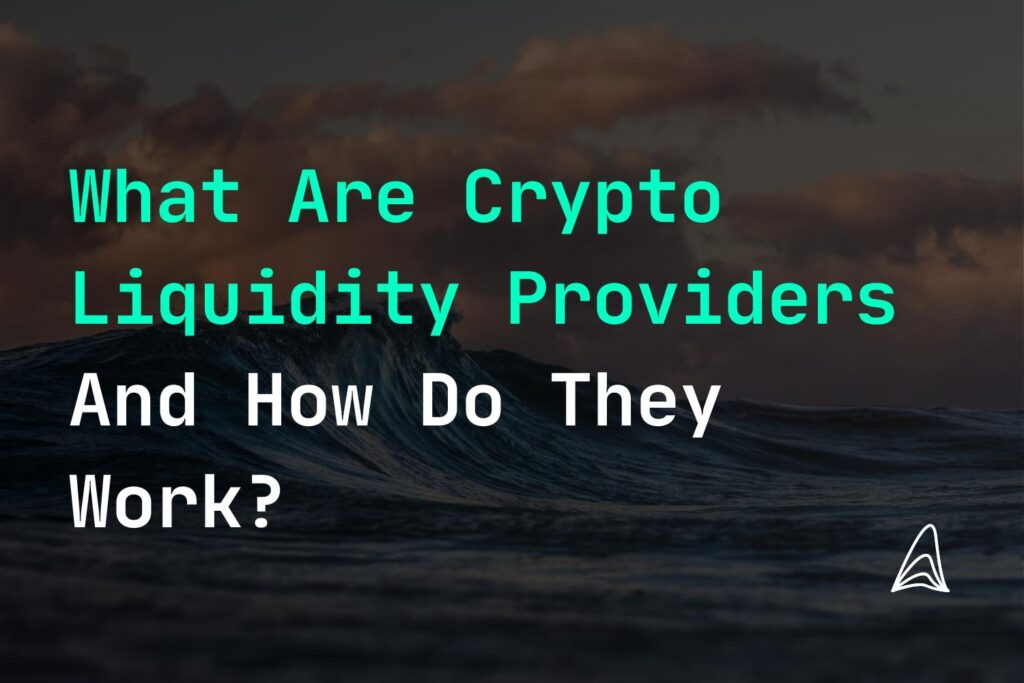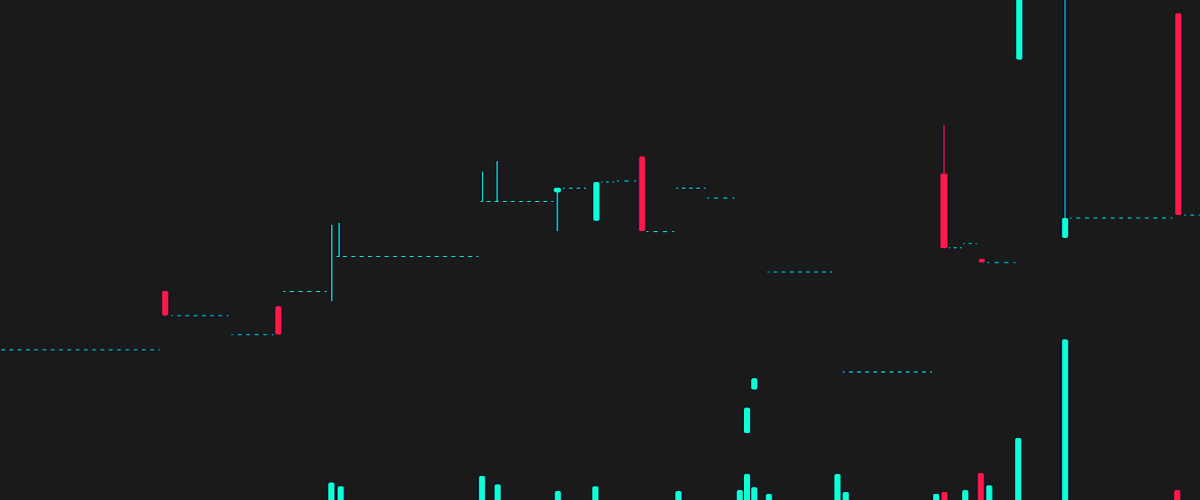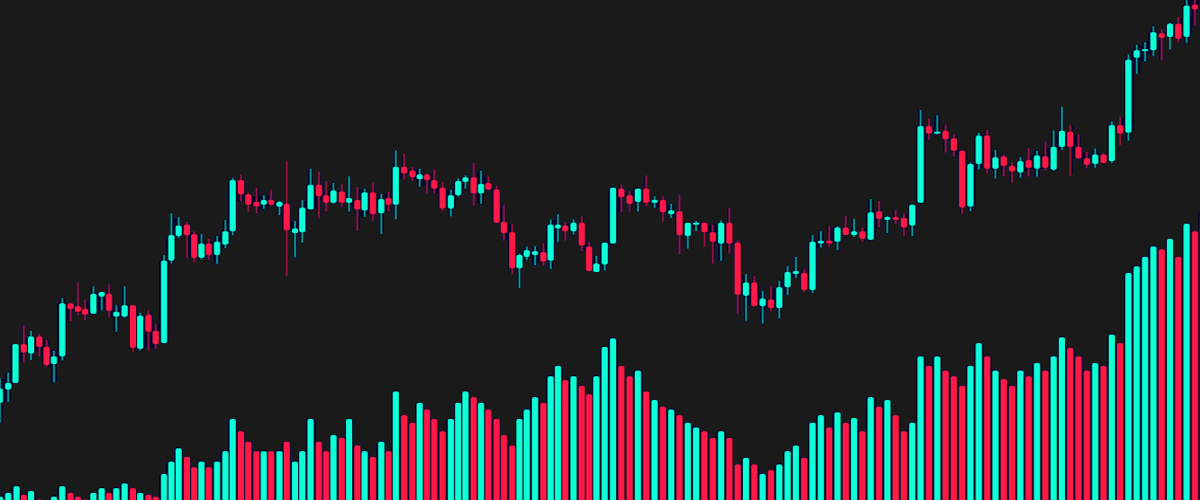- Jakob Brezigar
- Updated: February 25, 2025
- Reading time: 8 min
What Are Crypto Liquidity Providers And How Do They Work?

Understanding Crypto Liquidity Providers
What Is A Crypto Liquidity Provider?
The Importance of Liquidity in Crypto Markets
Liquidity is fundamental to the health of any market. In the crypto space, liquidity providers facilitate faster transactions and more accurate pricing. Their contributions lead to:
- Reduced trading delays
- Minimized price volatility
- Increased market confidence
Overall, their role is indispensable for maintaining market efficiency in the fast-paced world of digital assets.
How Crypto Liquidity Providers Operate
- Smart Contracts: These enforce rules automatically, ensuring transparency and reliability.
- Automated Market Makers (AMMs): AMMs use mathematical formulas to price assets in a liquidity pool, streamlining the trading process.


With
Without
Comparing AMMs and Order Book Models
There are two main models in liquidity provision:
Automated Market Makers (AMMs):
AMMs price assets using algorithms, which can speed up the trading process and simplify liquidity management. This model is prevalent in decentralized finance (DeFi) platforms.Order Book Models:
Traditional order book systems match buyers and sellers directly, offering precision in price discovery. Although they resemble conventional financial systems, these models are less common in decentralized settings.
Both models have distinct advantages, and understanding their differences is key to grasping the mechanics of liquidity provider crypto services.
Searching For A Liquidity Provider?
Exploring Different Models in Crypto Liquidity Provision
Centralized vs. Decentralized Liquidity Providers
Hybrid Approaches in the Market
Current and Future Outlook for Liquidity Providers
Technological Innovations Driving Change
Regulatory Developments and Market Predictions
Our Top Crypto Liquidity Providers list
Frequently Asked Questions About Crypto Liquidity Providers
What exactly is a crypto liquidity provider?
Why is liquidity important in crypto trading?
How do automated systems support liquidity providers?
What are the benefits and risks associated with liquidity provision?
Disclaimer: The information provided in this article is for informational purposes only and does not constitute financial, investment, or other professional advice. All opinions expressed herein are solely those of the author and do not represent the views or opinions of any entity with which the author may be associated. Investing in financial markets involves risk, including the potential loss of principal. Readers should perform their own research and consult with a licensed financial advisor before making any investment decisions. Past performance is not indicative of future results.

Jakob Brezigar
Jakob, an experienced specialist in the field of cryptocurrency market making, boasts an extensive international presence. With Orcabay, he has skillfully managed major operations and deals for a wide array of global stakeholders.





